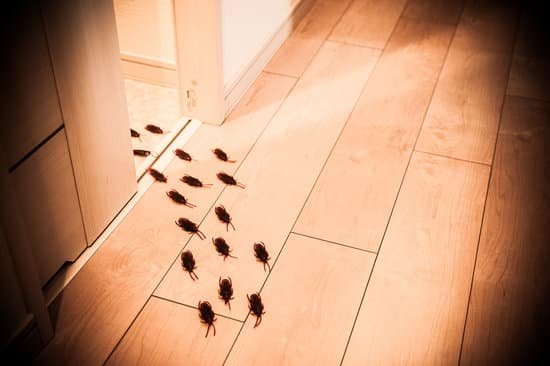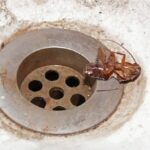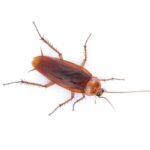How Can a Cockroach Survive Without Its Head?
Cockroaches have a remarkable ability to survive without their head. They have a nerve tissue agglomeration located in each body segment and these agglomerations are responsible for the basic nervous functions, like breathing and reflexes. Although they cannot move or drink without their head, they are able to stand and react to touch. This adaptation allows them to survive without food and water for longer periods.
A cockroach without its head does not bleed to death, because their blood pressure doesn’t drop to critical levels. Their body’s vascular system also prevents them from uncontrolled blood loss. A decapitated cockroach will eventually die due to starvation and dehydration. However, they still manage to breath, thanks to the spiracles in their abdomen and the pockets in their head.
Cockroaches can live without their head for days, even weeks. Their adaptability makes them some of the most resilient creatures in the animal kingdom. They are even capable of surviving radiation exposure. But how do cockroaches manage to survive without their head?
The cockroach’s circulatory system is different from that of mammals, which is why they are able to survive without their head. They use their spiracles as their primary valves for oxygen exchange. Because their blood does not carry oxygen throughout the body, they do not suffer from oxygen deprivation. This means they can live for up to three weeks without a head – and that’s a pretty good survival rate.







